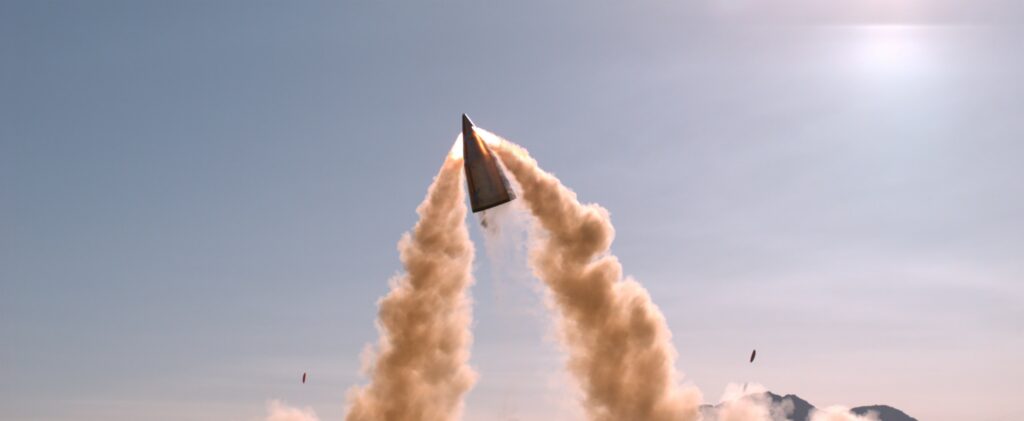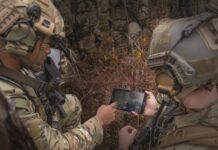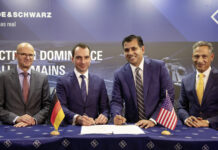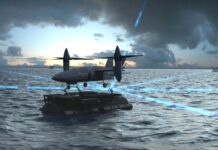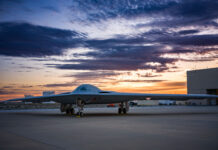Northrop Grumman Corporation has successfully completed tests of several crucial elements of the Sentinel intercontinental ballistic missile (ICBM), marking significant progress for the programme in its engineering, manufacturing and development (EMD) phase, the company announced on 20 February 2024.
The forward and aft sections of a Sentinel ICBM missile were evaluated through a rigorous test campaign at the company’s Strategic Missile Test and Production Complex in Promontory, Utah. The tests lower risk for the programme with important data about the missile’s inflight structural dynamics. Data from the tests help engineering teams mature models, lower risk and ensure flight success.
The shroud fly-off and missile modal tests were part of the company’s EMD contract for Sentinel. Northrop Grumman is closely partnered with the US Air Force as the EMD phase progresses and key milestones are achieved.
“Working with the air force and our team of suppliers, we put key elements of the missile’s hardware to the test to mature our design and lower risk,” Sarah Willoughby, vice president and programme manager for Sentinel at Northrop Grumman, was quoted by the company as saying. “The shroud fly-off test proved our modelling predictions are solid, while the missile stack test demonstrated in-flight missile performance, helping validate assumptions and fine-tune models. These successes give us confidence as we continue progressing on the path to deliver a safe, secure and reliable capability to the nation,” Willoughby added.
The Sentinel ICBM programme is a modernisation of the ground-based leg of the US strategic nuclear deterrent and is planned to be viable through to 2075.
Previous progress performed under the Sentinel EMD includes stage-two and stage-one solid rocket motor static fire tests and hypersonic wind tunnel testing.
